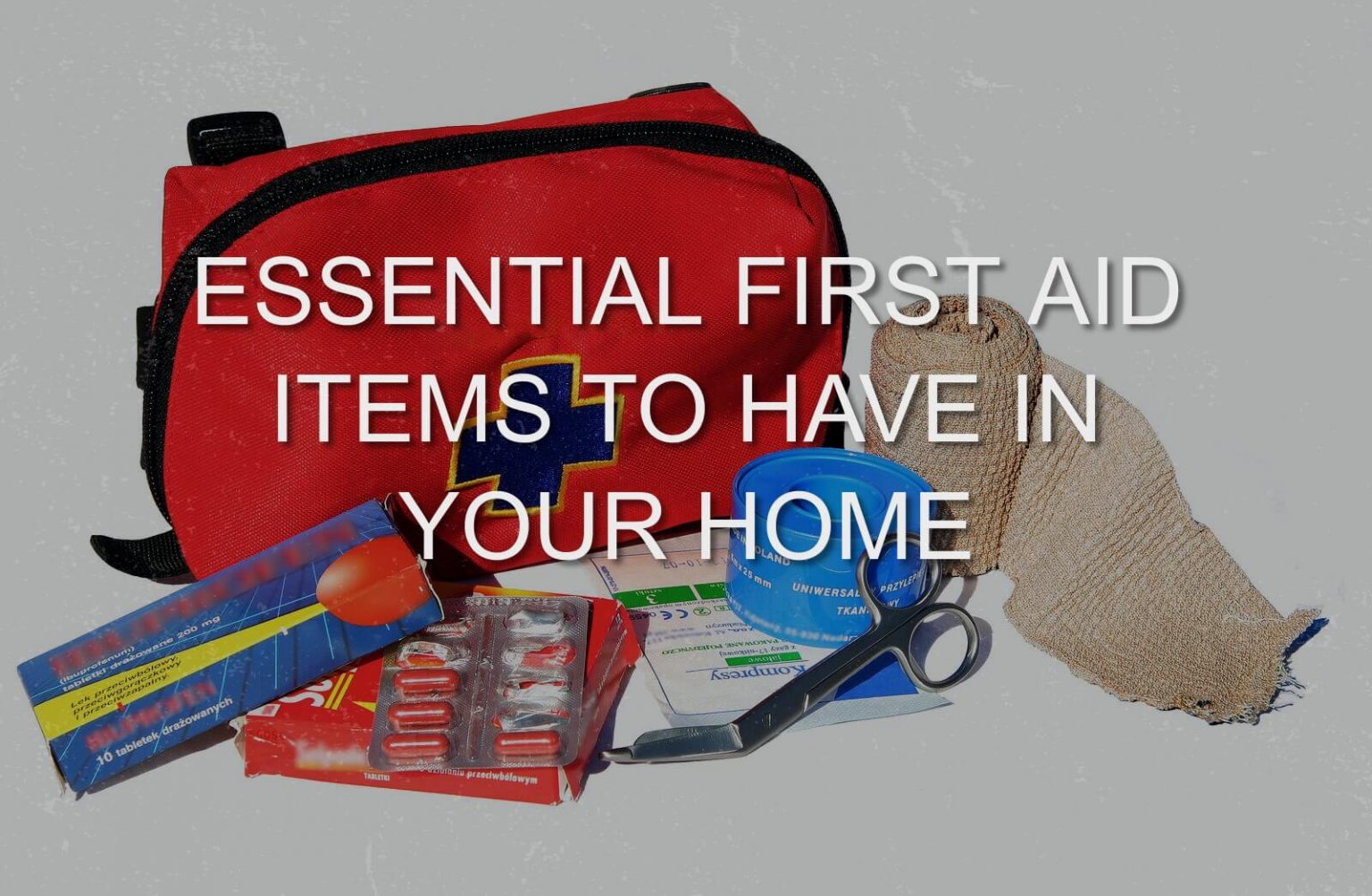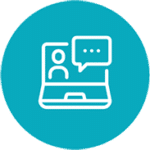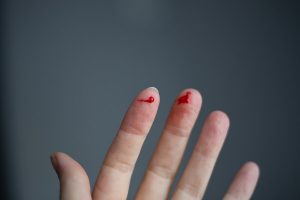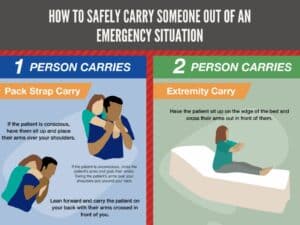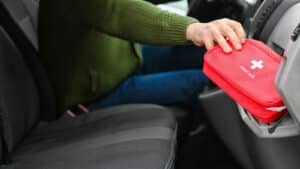Having a supply of items for a home first aid kit is an invaluable way to make sure that you and your family are prepared for a wide range of emergencies, physical harm, and even small accidents. While the home is in many ways a safe space, it is also where you and your loved one’s play, cook, exercise, and even take on DIY and home improvement projects—all of which can lead to unexpected injuries. While pre-packaged first aid kids are easy to find at many stores and online retailers, assembling your own will likely cut costs and allow you to create a more comprehensive kit.
In this guide, we share key aspects of how to create a home first aid kit. While it’s up to you how you want to organize and store your items, these are the essential components that we highly recommend having on hand to tackle household incidents:
1. Keep Your Kit Safe, Dry, and Safely Contained
Find a hard-case container as opposed to a soft bag or pouch to keep your supplies from being squished or compacted, particularly if you’re storing it in a cabinet or crowded closet. It is imperative to store your kit in an area of the home that is dry and cool to avoid water damage or high heat that causes products to melt or break down. Your kit should be unlocked and easily accessible so that you can grab it quickly in case of emergency – but also kept out of the reach of children who don’t know how to properly and safely use the supplies within.
2. Don’t Let Your Home Go Without the Essentials
What should be in a home first aid kit? It doesn’t need to be full of fancy products or medical gear, but there are some items that should always be on hand to treat home injuries. Remember, you will most likely be using these supplies on your own family, but there is a chance you will need to provide care to guests as well, so it is better to be overstocked than undersupplied:
Basic supplies
- Adhesive Band-Aids for covering cuts
- Gauze pads for treating wounds
- Roller gauze
- Safety pins for closing bandages
- Adhesive tape
- Antiseptic wipes to sanitize your hands
- Breathing barrier (with one-way valve)
- Sunscreen
- Insect bite relief pads
- Cotton balls
- Cotton swabs
- Vaseline
- A digital thermometer
- Tweezers
- Curved scissors—the medical kind that doesn’t have a pointy edge, and is used for cutting clothing away from an injury. Known as Trauma Shears to professionals.
- A needle
- Safety pins in assorted sizes
- Hand sanitizer
- Saline solution for eye washing or cleaning wounds
- Several pairs of disposable non-latex gloves
- Instant cold compresses of multiple sizes
- Aluminum finger splint
- Moldable splint (Similar to a SAM Splint)
Medications
- Antibiotic ointment
- Antiseptic and hydrocortisone cream for skin inflammation and rashes
- Antihistamine for allergic reactions
- Aspirin, Ibuprofen, or other pain relieving medication
- Aloe Vera to treat mild burns
- Laxative
- Antacids
- Cough and cold medications
- Calamine lotion
If you have young children in the household, child and/or infant versions of any of the above medications should be stocked, as well as small versions of bandages that will fit and stay on children’s bodies. Baby wipes and a medicine cup are also smart additions to a child-friendly home first aid kit list.
3. Customize Your First Aid Kit for Your Family’s Specific Needs
While the above list is useful for tackling many common emergencies, one of the best reasons to assemble your own items for a home first aid kit is the ability to fully customize it to your family’s unique medical needs. Personal allergy and asthma prescriptions and epi-pens should always be kept in your kit, along with any specific items (for example, baby and topical products) that are known to be safe for sensitive or allergic members of the household.
4.Learn About First Aid and Have Resources Handy to Utilize Your Kit
While a stockpile of recommended provisions is an excellent first step to making your home a safer place, learning about CPR and First Aid from experts will make you more confident and effective when it comes to administering basic care in an emergency situation. Storing your kit with a written guide will give you vital guidance when it comes time to act quickly.
In a home first aid kit, as opposed to a mobile kit you may keep in a car or backpack, you should have space to keep a larger and more thorough stockpile of items. Take advantage of the extra room to make sure that you’re prepared for any situation that your specific household might encounter. You can also learn more about the important car first aid kit in our guide.
5. Pro Tips for Using Your First Aid Kit
As with a first aid kit stored anywhere – in your car, in a classroom or office, and, yes, in your home—the key to making it effective is knowing how to use it properly. Here are some important tips for use:
- If you’re dealing with CPR or a serious or traumatic injury, call 911. You should perform CPR on any person who isn’t breathing, but even so (and even if you’ve taken a CPR certification course), do so while the paramedics are on the way.
- Apply pressure to open wounds to stop or slow bleeding. This should be done before wrapping or bandaging the wound.
- For trauma injuries such as head injuries or broken bones, be sure to immobilize the injured area and is free from any pressure or weight. If you are not a doctor, don’t try to reset or move broken bones.
- You should observe a “one in, one out” rule when it comes to using supplies in your first aid kit. As soon as something is used and disposed of, replace it immediately. An incomplete kit can be fairly useless in an emergency.
- There will be some items in your kit that have expiration dates (medication, saline solution, eye wash, etc.). Set up a notification in the calendar on your phone to remind you 2 weeks before the items are supposed to expire. That way you can have time to order the new supplies to restock your kit. The last thing you want is to not have something when you need it!
Make Your Home Safer Today—Assemble Your First Aid Kit With SureFire CPR
This is a lot to take in—luckily, we’ve done the research and have some recommendations that fit a wide range of budgets and needs. Take a look at some of our preferred solutions for a home first aid kit, and enjoy the peace of mind that comes with a home that’s prepared for the unexpected. (Full disclosure: the following are affiliate links, but they’re also products we know and love!)

